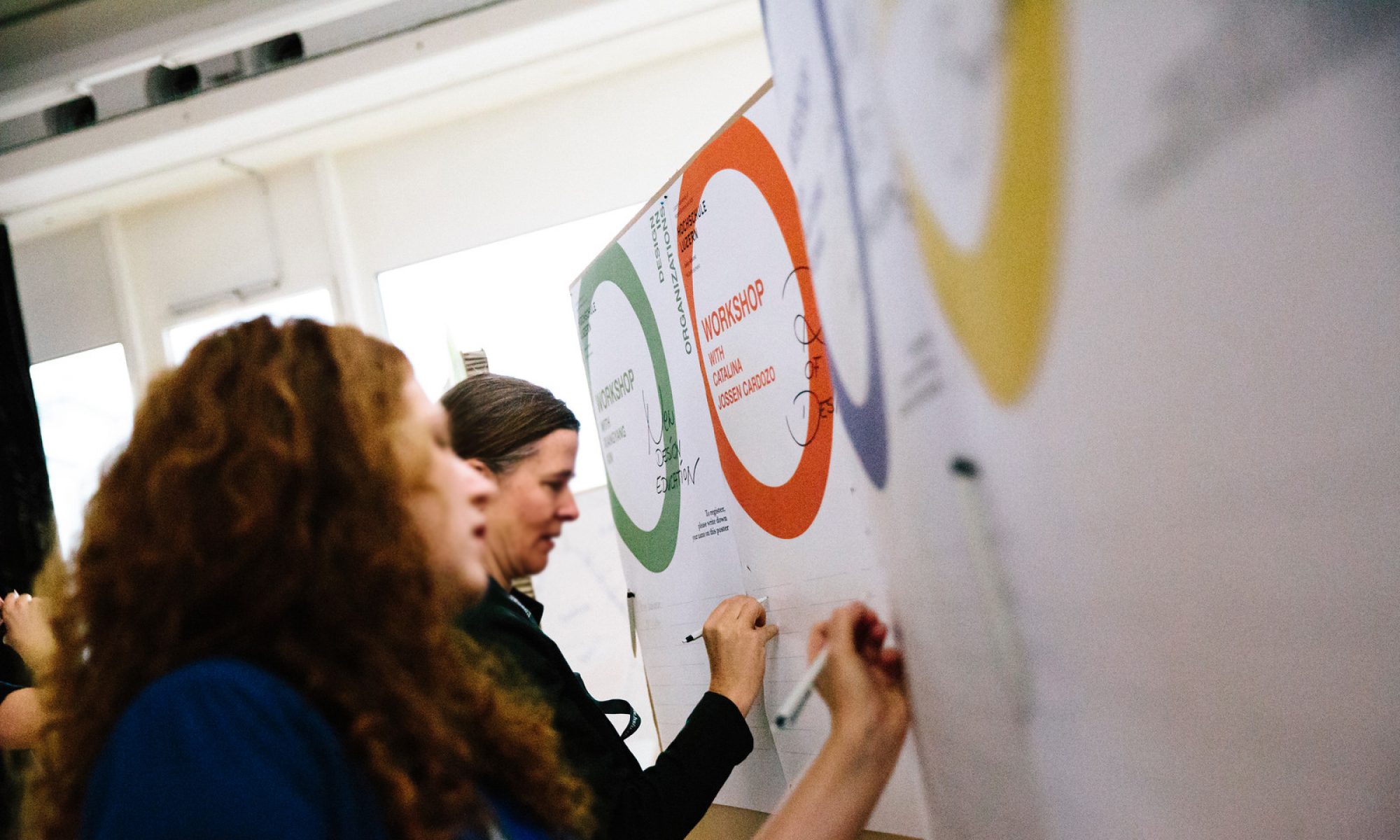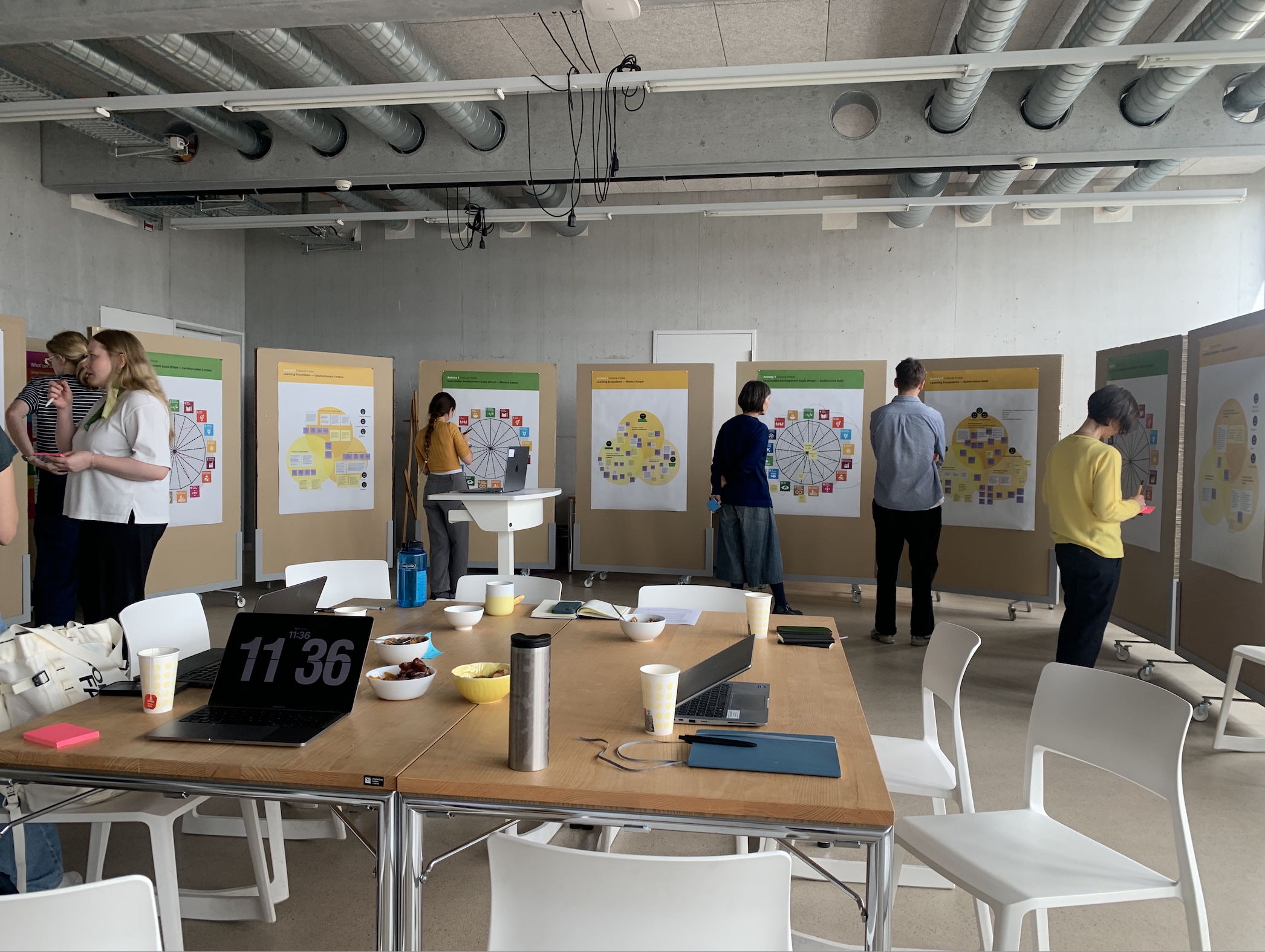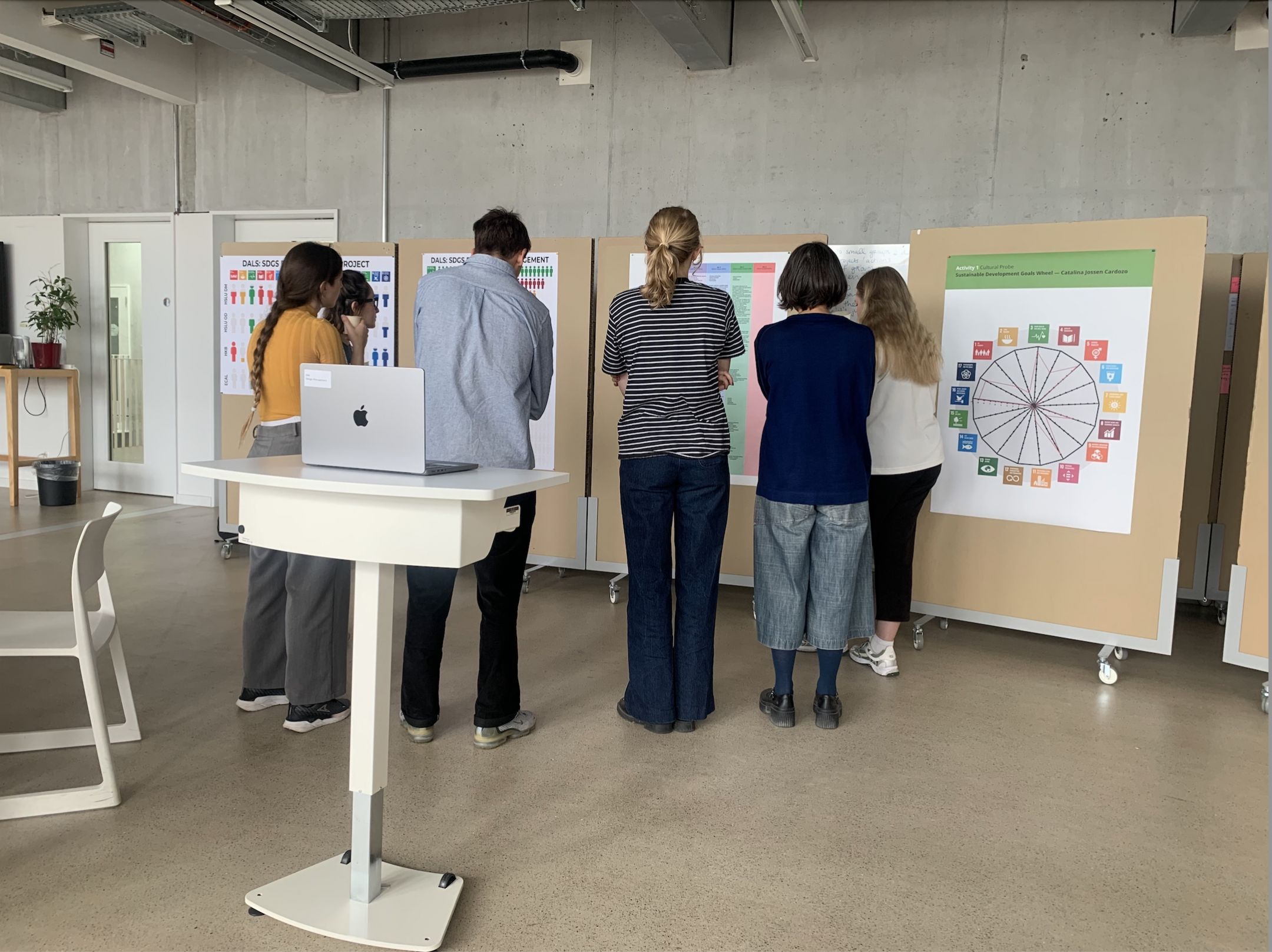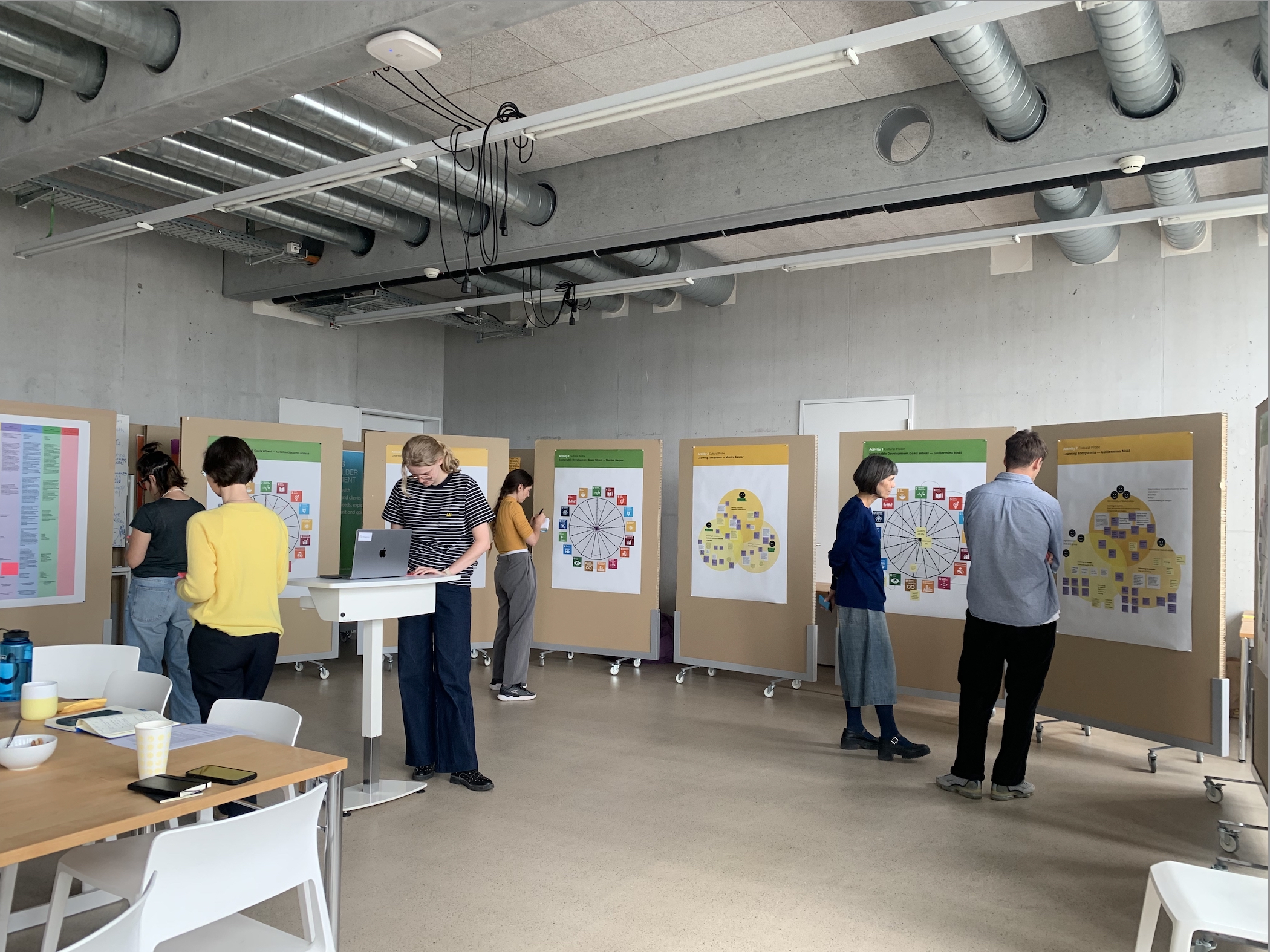Guillermina Noël, Aysun Aytaç and Loana Gatti, hosted the first in-person workshop and exhibition for the SNSF-funded research project “Accelerating the Pursuit of the SDGs in Swiss Design Education: Design Action Labs” on 13 May 2025 at HSLU. This session marked a key moment in the first phase of the project, addressing the question: How are Swiss design programmes in art and design schools helping local communities pursue the Sustainable Development Goals (SDGs)?
They welcomed the Design Action Lab (DAL) participants from the four Swiss design schools involved in the project, ECAL, SUPSI, HKB, and HSLU, for a day of mapping, reflection and exchange. The gathering created a shared space to explore how design education can be a meaningful catalyst for engaging with the SDGs.
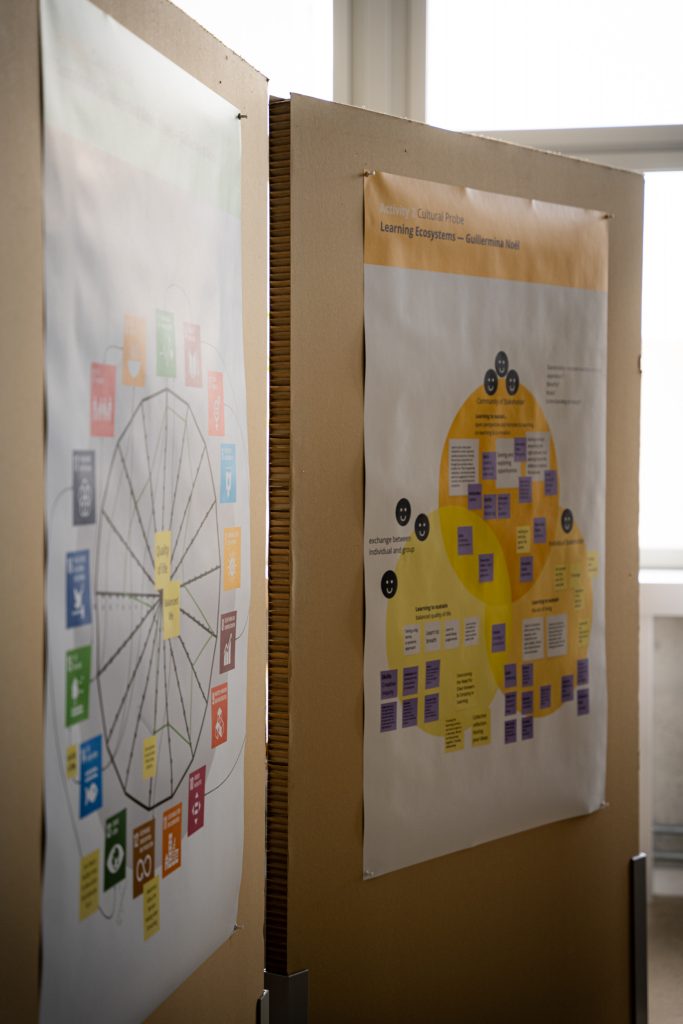
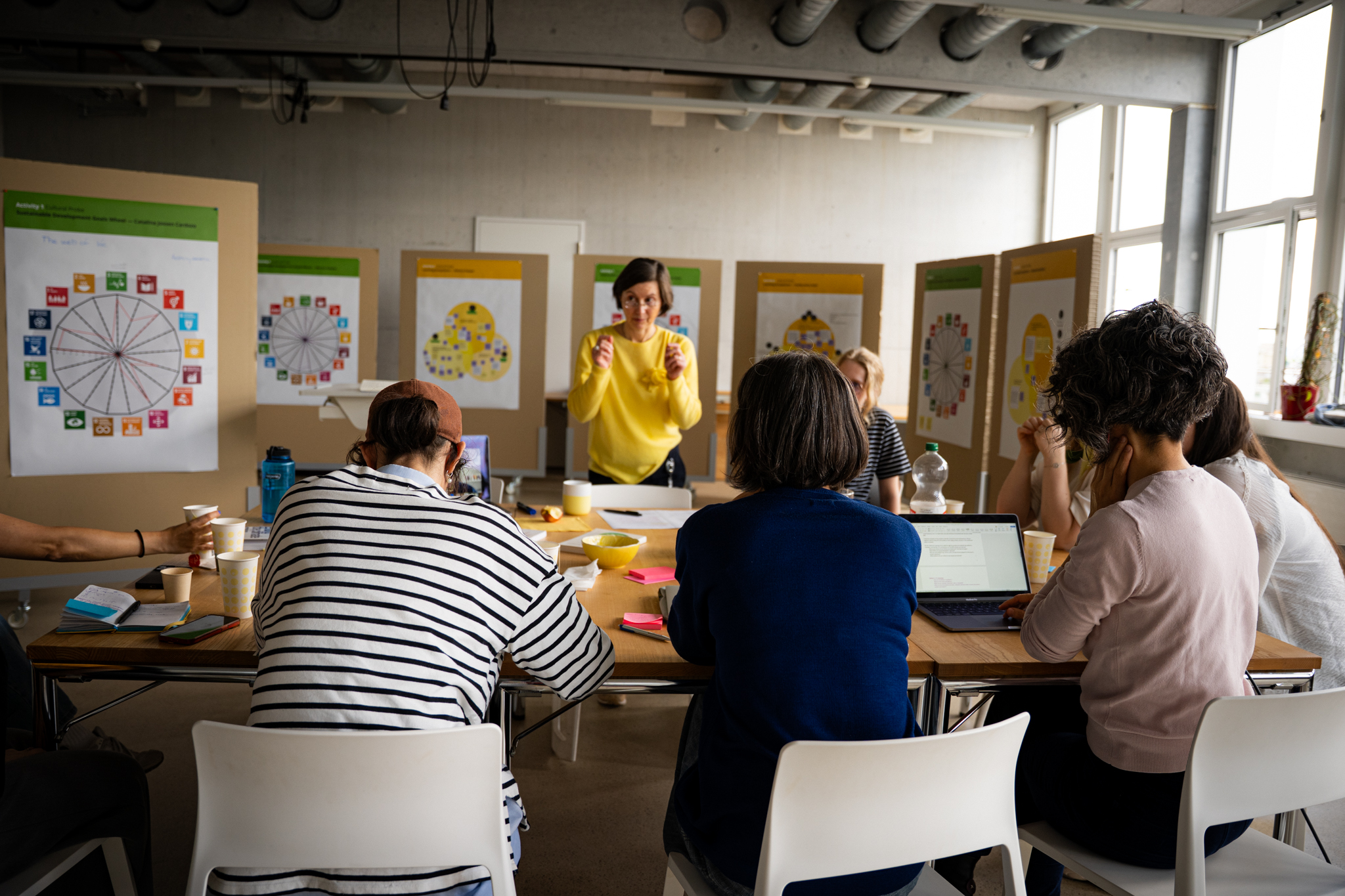
The exhibition during the workshop showcased the cultural probes completed by the DAL participants as a project’s early activity. The workshop started with a mapping activity based on the initial outputs from these insights which served as prompts for participants to share their thoughts on the learning process, as well as the challenges that emerged. Conversations surfaced the many layers, social, institutional, ecological, that must be considered when working toward more sustainable futures through design.
As one participant put it, “Sustainability is a continuous process of learning, unlearning, and transforming how we relate to each other and the world… Real problems don’t come divided by disciplines.” Another observed how the SDGs call for a broader understanding of sustainability, not only environmental concerns, but also equity, well-being, and community. Many reflected on the complexity of the SDGs, noting tensions between certain goals, such as economic growth and environmental responsibility, and emphasised the need for critical and systemic thinking.
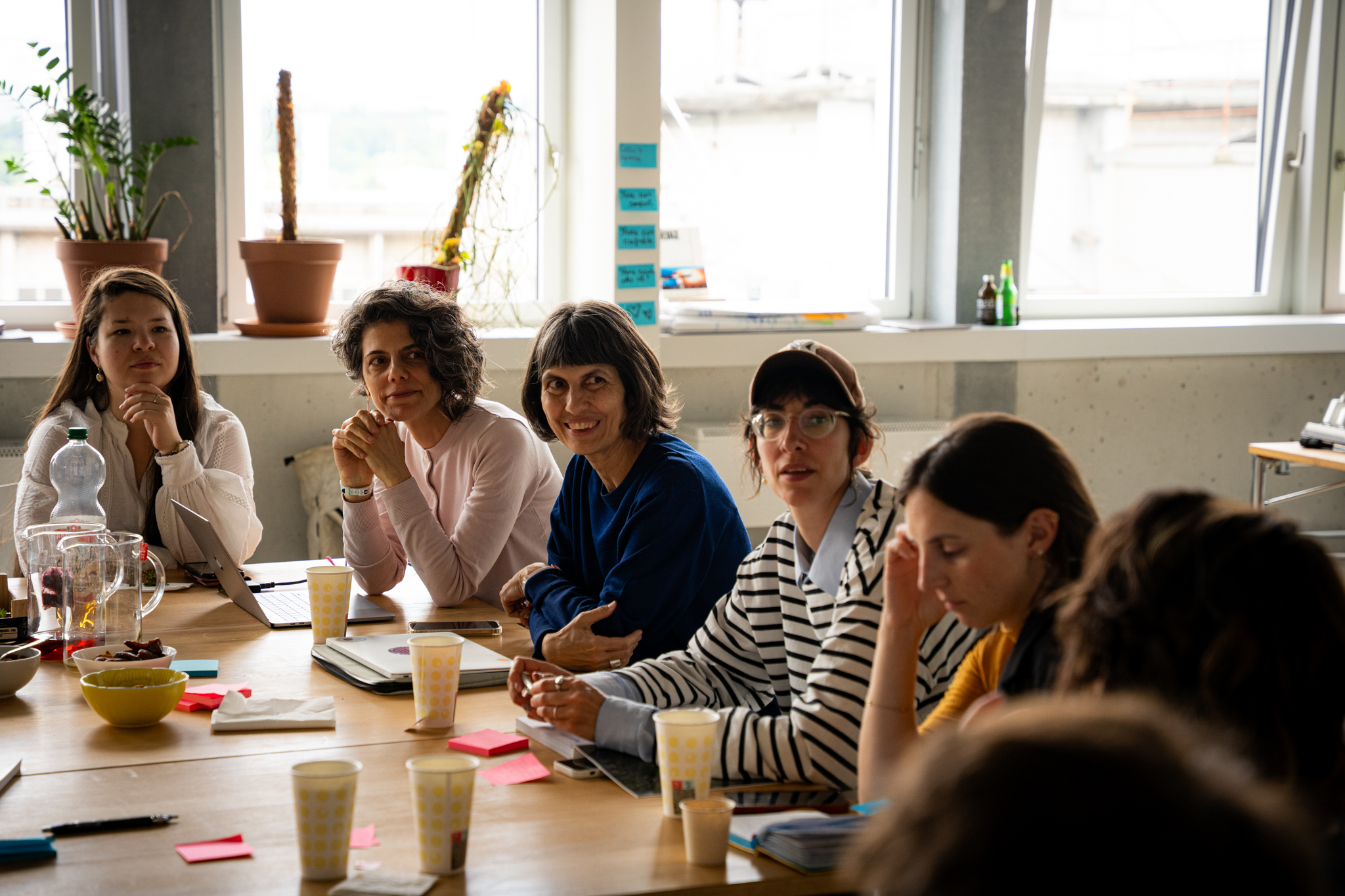
Another key theme was the importance of relationships, how our connections with people, places, and systems shape how we learn, act, and design. Design education, participants agreed, has the potential to transform these relationships and deepen our engagement with sustainability as a relational, situated practice.
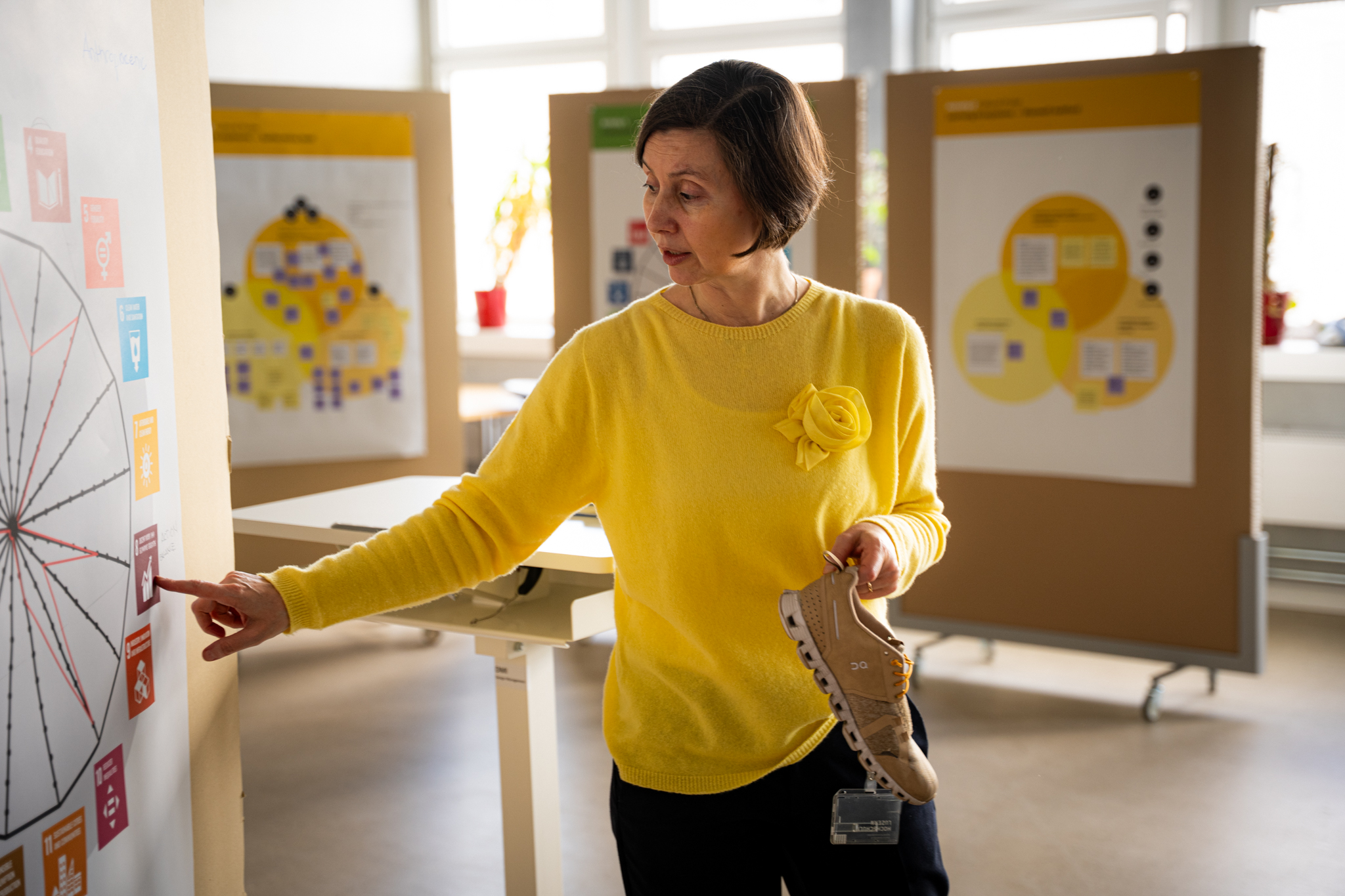
It also became clear that interpretations of “sustainability” vary greatly, among individuals, institutions, and communities, which presents both a challenge and an opportunity for design educators and students.
As the project continues, it will be intriguing to see how the DALs can further push the boundaries of design education in the pursuit of more sustainable, connected futures.
Photo credits: Louis Hosali and Aysun Aytac
